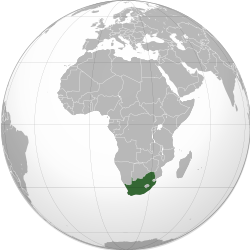This article needs additional citations for verification .(July 2025) |
Melville | |
|---|---|
 Melville, Johannesburg | |
| Coordinates: 26°10′33″S28°0′32″E / 26.17583°S 28.00889°E | |
| Country | South Africa |
| Province | Gauteng |
| Municipality | City of Johannesburg |
| Main Place | Johannesburg |
| Established | 1896 |
| Area | |
• Total | 1.72 km2 (0.66 sq mi) |
| Population (2011) [1] | |
• Total | 3,355 |
| • Density | 2,000/km2 (5,100/sq mi) |
| Racial makeup (2011) | |
| • Black African | 33.4% |
| • Coloured | 3.2% |
| • Indian/Asian | 5.2% |
| • White | 55.6% |
| • Other | 2.7% |
| First languages (2011) | |
| • English | 50.4% |
| • Afrikaans | 22.7% |
| • Zulu | 6.4% |
| • Tswana | 4.5% |
| • Other | 15.9% |
| Time zone | UTC+2 (SAST) |
| Postal code (street) | 2092 |
| PO box | 2109 |
Melville is a bohemian suburb of Johannesburg, Gauteng, South Africa. It is the location of many restaurants and taverns, which are mostly frequented by students from the nearby University of Johannesburg, located in Auckland Park, and the University of the Witwatersrand, located in Braamfontein. It is one of the city's most popular tourist destinations. The suburb is to the west of the Johannesburg CBD. It is located in Region B of the City of Johannesburg Metropolitan Municipality.



